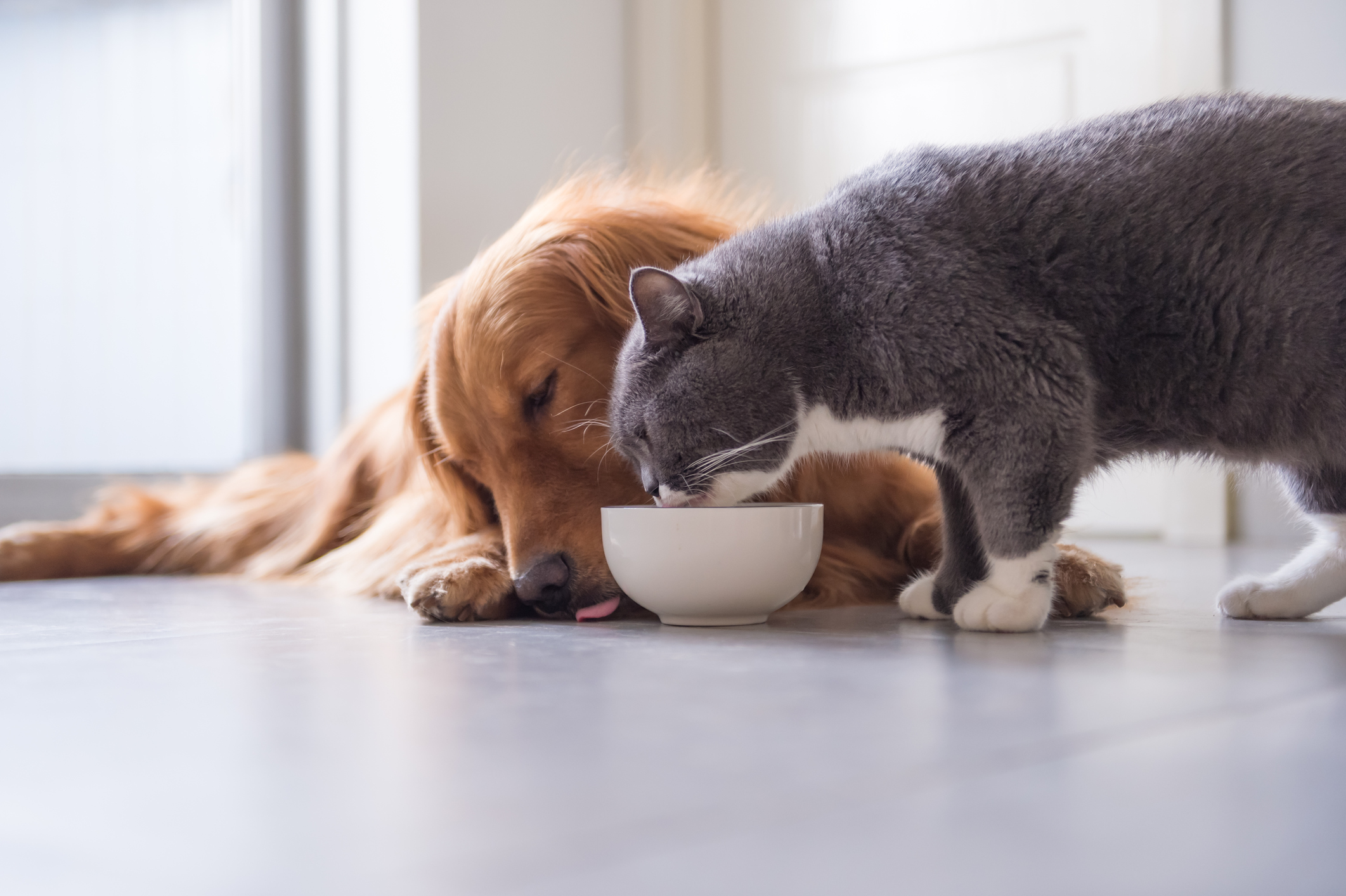
Pets Mean Premiums – animals are good news, insists industry group
The private rental sector should embrace the idea of tenants with pets and not object to the prospect.
That’s the view of The Deposit Protection Service which has issued new guidelines for agents and landlords to follow as a result of the surge in pet ownership during lockdown.
According to the Kennel Club, two out of five new puppy owners this summer bought their pet as a ‘Covid companion’, and two thirds of new dog owners agreed their pet was a lifeline during lockdown.
In addition, some 53 per cent of private tenants surveyed by YouGov for Mars Petcare agreed they would consider a longer tenancy if their landlord supported pet ownership.
Now the DPS has issued seven rules to make the idea of pets more appealing to agents and landlords as well as renters.
“Being able to accommodate their pet will be a decisive factor when tenants consider where to live, and landlords who allow domestic animals may see increased demand for longer tenancies” insists Matt Trevett, managing director at The DPS.
“Landlords should as ever ensure the paperwork reflects any changes to the terms of the tenancy and be clear about any rules applying to new pets. Tenants should also understand and respect any obligations that come with their new companions and consider any changes that are necessary to their tenancy agreements to reduce the chances of issues when they move out.”
The seven rules are:
1. Pets can mean premiums: “Many tenants who would like to change their tenancy to allow them to keep a pet expect a proportionate increase in the cost of their accommodation, and landlords will want to ensure that the price a renter pays reflects the nature of their tenancy. However, landlords cannot ask for a separate deposit to cover pet damage” says the DPS.
2. Some pets are non-negotiable: “If a tenant has a disability and requires an assistance dog, a landlord must enable them to have the animal inside the property.”
3. Get the right insurance: “Landlords should check that their property’s insurance policy includes accidental pet damage, a feature that is not always standard. Landlords may need to alter or find a new policy to ensure coverage.”
4. Put ‘pet rules’ in writing: “Landlords should set out in writing any limits on pet ownership at the property, including the type/number of pet(s) allowed and whether the tenant can or cannot breed the animal on site. Landlords should share the document with the tenant and both sides should sign it and keep a copy in case there are disputes or damage at a later stage.”
5. Ask for a pet reference: “A reference from the previous landlord can show how well-behaved a tenant’s pet is. If the tenant hasn’t lived with the animal before, asking for a vet’s reference can help landlords understand whether the animal is aggressive or has received its vaccinations and flea treatments. Landlords can also ask to meet the tenant with their pet (socially distanced) as part of the pre-tenancy checking process.”
6. Emergency contact: “Tenants who live alone or are elderly and who become ill or have to go into hospital can provide a landlord with an emergency contact to ensure somebody will look after their pet. Landlords can also ask for this information during the reference checking process.”
7. Arrange regular inspections: “Landlords and tenants should agree regular inspections to assess and discuss the condition of the property, which can reduce the chances of a dispute about any pet-related damage at the end of the tenancy.”


If you have any comments, please email the author of this article and click on the link above